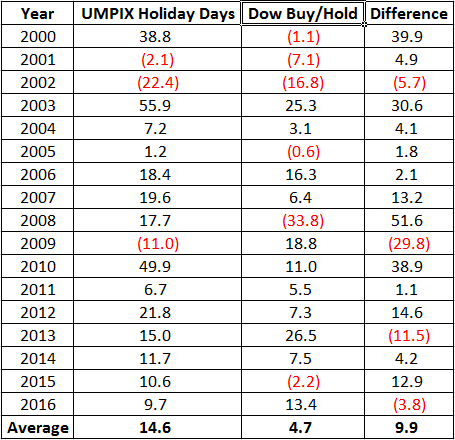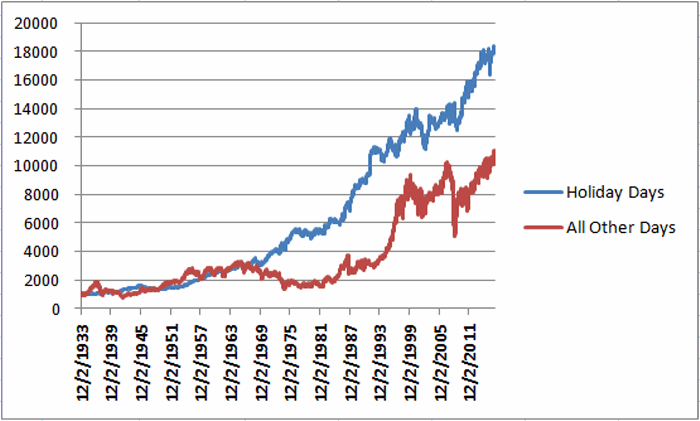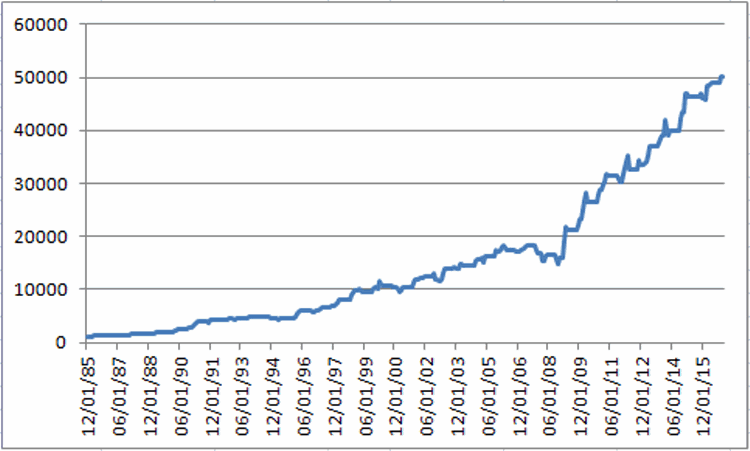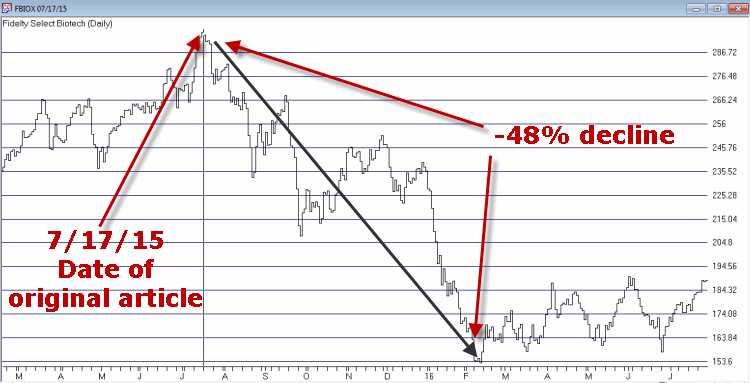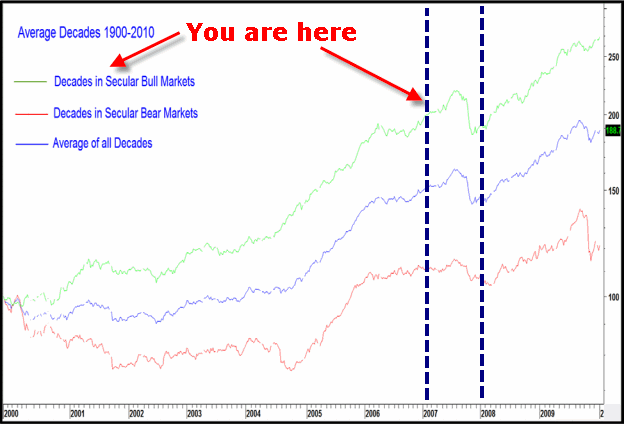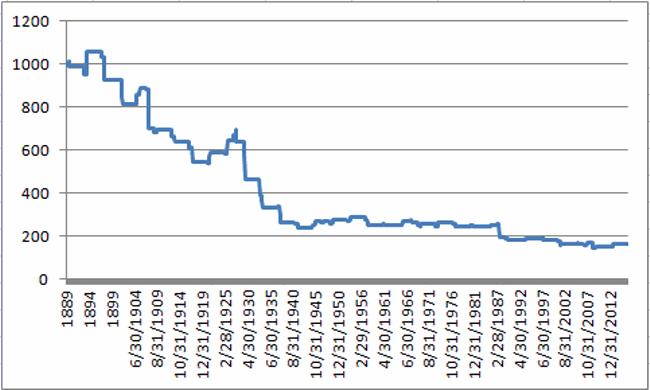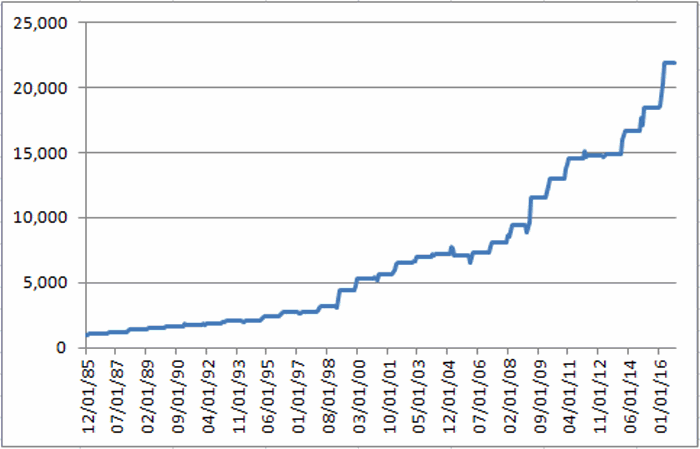On 1/5/17 I wrote about a bearish position on ticker USO – an ETF that purportedly tracks the price of crude oil. This article updates the status of that position and considers several potential actions from here.
(See also Why You Should Be Rooting for a Bullish January)
The Great Irony of Option Trading
The “Great Irony of Option Trading” is that the best thing about option trading is also the worst thing about option trading, as captured quite succinctly in:
Jay’s Trading Maxim #74a: The best thing about option trading is that there are so many choices.
Jay’s Trading Maxim #74b: The worst thing about option trading is that there are sooooooooooooo………………. many choices!
Unlike many stock and mutual fund strategies, option trading strategies are rarely of the “set it and forget it” variety. Also, a given position can evolve and be adjusted into an entirely different – and potentially more favorable – position. In the 1/5/17 article I wrote about a hypothetical bearish option position for crude oil. In this piece we will update that trade and then examine some of those $%^& choices.
(See also A Two-Fund Portfolio for the Next 3 Months)
Bearish on USO
On 1/5/17 I wrote about a bearish position on ticker USO – an ETF that purportedly tracks the price of crude oil. It involved buying the in-the-money February 13 put. By buying in-the-money the negative effect of time decay was essentially eliminated as very little time premium was paid in the first place. Since that time USO has bounced up and down in a fairly tight range. As of the close on 1/30 the position had a small profit of $180 as displayed in Figure 1.
(click to enlarge) Figure 1 – USO Feb 13 puts (Courtesy www.OptionsAnalysis.com)
Figure 1 – USO Feb 13 puts (Courtesy www.OptionsAnalysis.com)
So the question is “what to do from here.” As always there are choices. To wit:
So Many Choices
Choice #1: A trader still thinks crude is going to break lower between now and February expiration (2/17).
In this case, no action needs to be taken. As you can see in Figure 1, the good news is that if USO plunges this trade will make a lot of money. The bad news is that if USO rallies this trade could still turn into a $1,500 loss of premium.
Choice #2: A trader thinks USO will decline in the relatively near future but would like to cut the risk of experiencing a loss.
In this case the trader could:
*Sell 10 USO Feb 13 puts
*Buy 2 USO Mar 11.5 puts
(click to enlarge)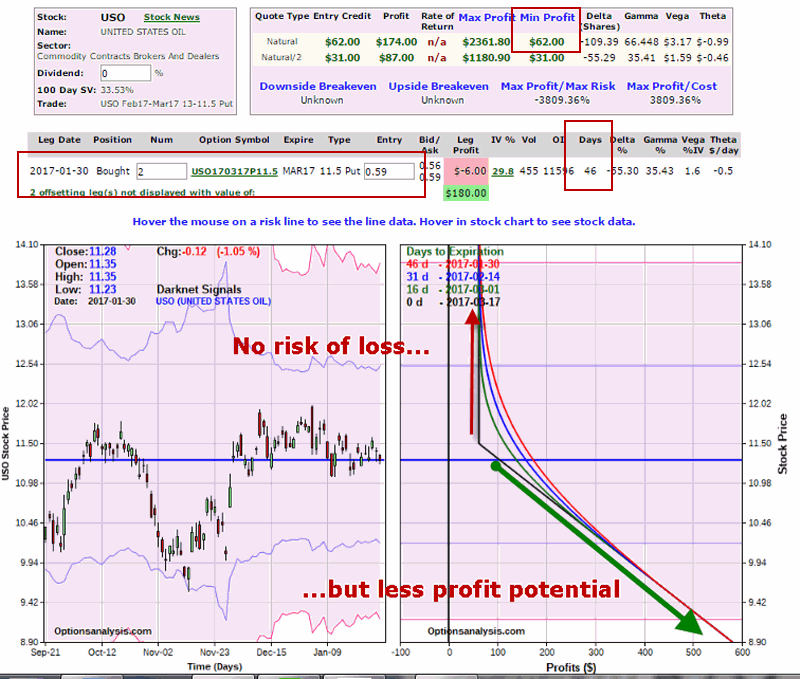 Figure 2 – USO Mar 11.5 puts (Courtesy www.OptionsAnalysis.com)
Figure 2 – USO Mar 11.5 puts (Courtesy www.OptionsAnalysis.com)
The good news is that there is now no risk of losing money on this trade. The bad news is that the profit potential is greatly diminished if in fact USO does finally plunge in price.
Choice #3: Flip to a Bullish position.
As I have written about here and here, energy related securities and products have a tendency to rise during the late winter, early spring season. So let’s say a trader decides it’s time to cash in the existing trade and “flip to the other side”. By making the trade below he or she can essentially “use the house money” to bet that crude oil will rally sharply in 2017.
*Sell 10 USO Feb 13 puts
*Buy 2 USO Jan18 13 calls
(click to enlarge)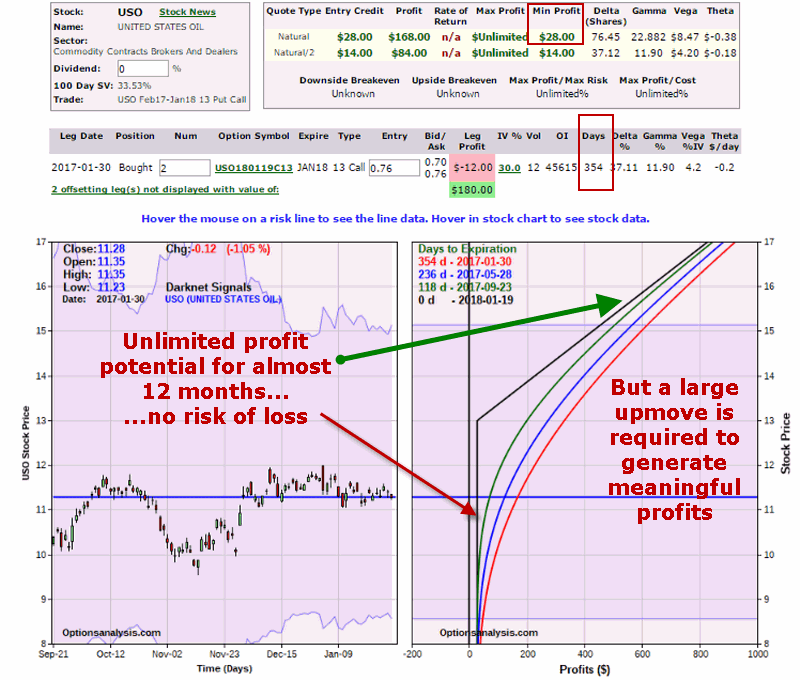 Figure 3 – USO Jan18 13 calls (Courtesy www.OptionsAnalysis.com)
Figure 3 – USO Jan18 13 calls (Courtesy www.OptionsAnalysis.com)
The good news is that the trader in this case now has until Janaury of 2018 for USO to make a move higher, with no risk of loss.
Choice #4: A trader has no idea which way USO is headed anymore but doesn’t want to risk the initial $1,500 anymore.
He or she might:
*Sell 10 USO Feb 13 puts
*Buy 1 USO Jul 11.5 call AND Buy 1 USO Jul 11 put
(click to enlarge)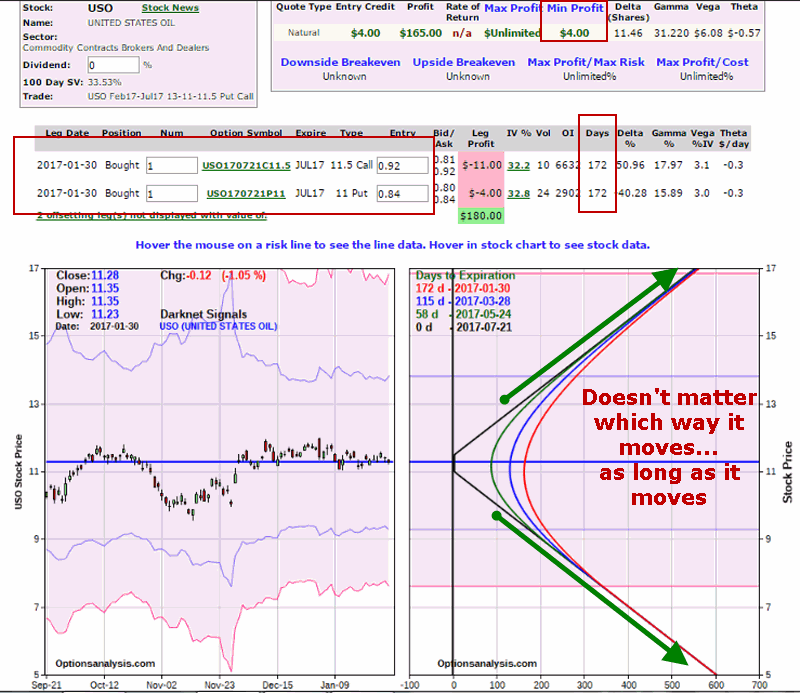 Figure 4 – USO Jul 11.5 call and Jul 11 put (Courtesy www.OptionsAnalysis.com)
Figure 4 – USO Jul 11.5 call and Jul 11 put (Courtesy www.OptionsAnalysis.com)
Summary
So which is the proper choice? Ah, there’s the rub. But now you have some idea regarding the “good news” and “bad news” associated with the many choices available to an option trader.
Remember, choose wisely.
Jay Kaeppel

